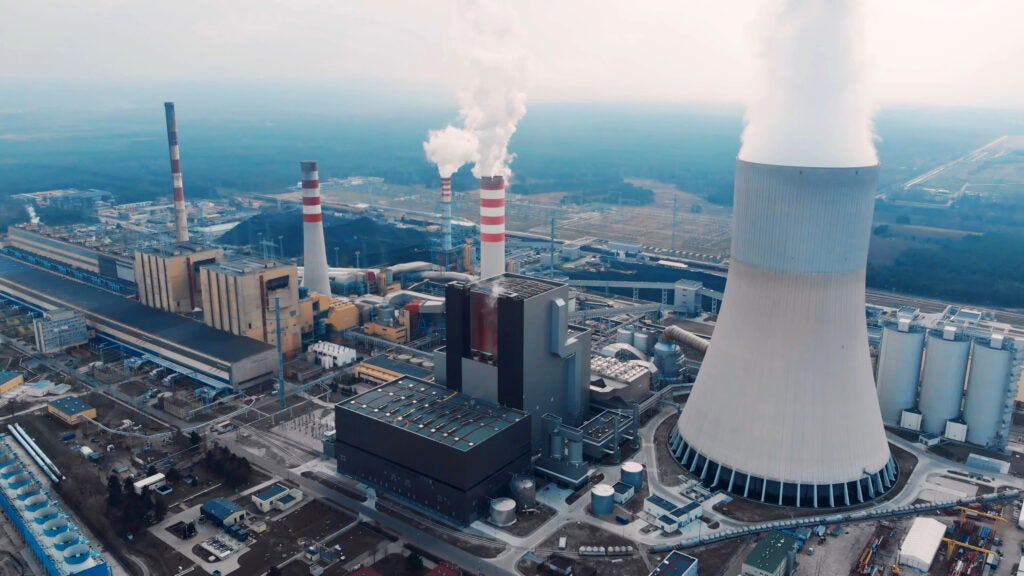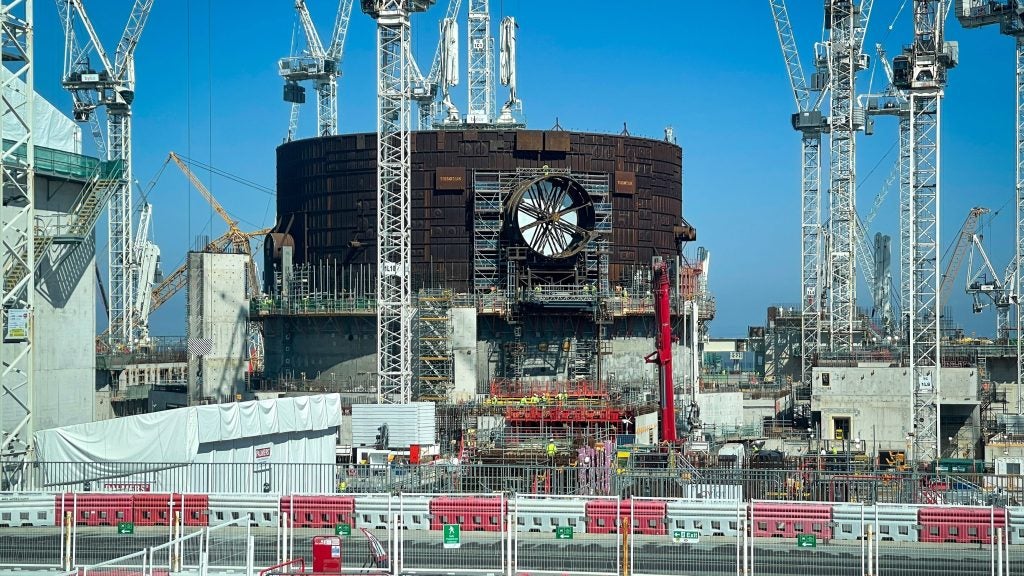Poland has cancelled its ten-year gas supply agreement with Russia six months early, a month after Gazprom halted flows over Warsaw’s refusal to pay in rubles. Poland has been preparing for this moment for many years. The country’s energy balances are expected to remain healthy through next winter, thanks to timely gas storage restocking and gas supply diversification. Poland’s energy security appears thought through.
The country’s ability to walk away from Russian gas has been hailed as an example of the energy independence that eastern European countries can achieve by building new gas import infrastructure. Days before Russia’s invasion of Ukraine, Polish Deputy Prime Minister Jacek Sasin warned the cut-off threat is “absolutely real” but assured Poland is better prepared than “other countries that are largely dependent on Russian gas, such as Germany”.

His words proved to be prescient. Since the invasion, Gazprom has turned off the taps to Finland, Bulgaria and Poland, and warned of reduced flows to Germany and others in an attempt to force the issue on ruble payments. The impact on Poland could have been severe. Russian gas accounted for 45% of gross Polish gas imports in 2020, with a further 17% coming via reverse flows from Germany – which itself relies on Russia for more than half of its gas supply.
LNG to the rescue
While the rest of Europe was scrambling to avoid gas stocks dwindling to critical levels, Poland ramped up liquefied natural gas (LNG) imports via the Świnoujście LNG terminal to replenish gas stocks to 90% as of 19 May – well above seasonal norms.
The country has an additional supply buffer from the Baltic Pipe from Norway, which will ship up to ten billion cubic metres (bcm) per year of North Sea gas to Poland when it comes online in October 2022. With gas demand softening in the face of structurally high prices, Polish gas company PGNiG doesn’t even expect to have to use the Baltic Pipe at full capacity.
How well do you really know your competitors?
Access the most comprehensive Company Profiles on the market, powered by GlobalData. Save hours of research. Gain competitive edge.

Thank you!
Your download email will arrive shortly
Not ready to buy yet? Download a free sample
We are confident about the unique quality of our Company Profiles. However, we want you to make the most beneficial decision for your business, so we offer a free sample that you can download by submitting the below form
By GlobalDataEven without Russian gas flows, Poland is sitting pretty and could enjoy a small gas surplus in 2023, according to consultancy Aurora Energy Research. This surplus of 0.2bcm refers to Poland’s ability to meet demand through direct supply sources – LNG terminals, the Baltic Pipe and domestic production.
However, the outlook will quickly change as rising power demand and coal plant retirements tip the balance towards deficit as soon as 2024. This could precipitate an electricity capacity gap from 2026, effectively ending Poland’s energy security honeymoon, according to Aurora’s modelling.
Gas deficit
Poland is expected to close about half of its operational hard coal-fired power capacity this decade, with the current 19.7GW dwindling to 4.6GW by 2030. Some of this will be replaced by coal-to-gas switching. Natural gas-fired power generation capacity is poised to rise from today’s 4GW to 11GW by 2030 as new combined heat and power (CHP) units, combined cycle gas turbines (CCGTs) and flexible smaller units come on-stream.
This won’t be enough, however. Peak power sector demand for dispatchable capacity is rising steadily from 27GW to 29GW this decade. Poland’s capacity deficit – the shortfall in dispatchable capacity needed to keep the lights on when demand is highest and renewables aren’t generating – will widen from 5GW in 2027 to 11GW in 2029, and possibly 17GW in 2035.
Aurora expects gas plants to be the natural backstop for the capacity gap. However, its researchers see potential for only a further 7GW of new-build gas capacity to be economically viable this decade.
Moreover, those plants need to be fed by, yes, gas. Poland’s ‘comfortable’ gas supply buffer will quickly shrink if 18GW of new capacity is brought into service.
Without Russian supply or reliance on its neighbours, Poland’s gas balance will tip into a deficit of 2.8bcm in 2024, calculates Aurora. This will widen to 11.2bcm in 2026 unless the second of two planned 6bcm floating LNG import terminals is built in Gdansk. Without the second Gdansk facility, the gas deficit could rise to 12.9bcm in 2030 and 14.5bcm by 2035.
Pointless coal extensions
Warsaw is considering keeping old coal plants running longer. A programme of subsidies and plant refurbishments could keep aggregate coal capacity as high as 12GW in 2030, according to Aurora, but that won’t help Poland's energy security much because many are ageing 200MW units that are so costly to run they would be priced out.
Even if Russian gas flows to Europe are phased out entirely by 2025 and gas prices remain structurally high across the EU, only lignite and modern coal plants would displace CCGTs in the merit order.
“The 200MW units are a class of unit which was built in the 1970s and make up units at plants such as Rybnik, Polaniec, Kozienice," says Filip Piasecki, senior associate Poland at Aurora. "We showed the Short Run Marginal Cost of the most efficient of these; the other ones would have even higher costs. We are saying rather that the best 200MW units are more expensive than different technology classes.
“Prolongation of older coal plants in [the power mix] is not effective at displacing gas generation due to unfavourable economics. Moreover, long-term OCGTs [open-cycle gas turbines] can provide security of supply at lower cost, even with assumed conversion to hydrogen.”
Renewables no silver bullet
Increased renewables ambition is most effective at decreasing gas consumption and could narrow the gas deficit but not eliminate it. Under Aurora’s central case, Poland’s renewable power generation will hit 117 terawatt-hours (TWh) in 2035, accounting for 59% of the power mix. Accelerating deployment to hit 164TWh, or 77%, by the same date would reduce power sector gas burn by 29TWh, or 36%. This equates to a gas saving of more than 5bcm.
This amount of renewables penetration would result in curtailment of onshore wind farms reaching 10%, so going beyond 77% market share would have little effect without “additional system flexibility”, says Aurora. This includes mass roll-out of batteries, electric vehicles (EVs) and electrolysers to produce green hydrogen from excess renewable power.
The green hydrogen trade-off
Poland currently consumes 50TWh of gas to produce 43TWh of grey hydrogen, the carbon-intensive variety derived from unabated steam methane reforming (SMR). Electrolysers could be particularly useful because they both enable renewables and displace gas consumption in the industrial sector.
Each gigawatt of electrolyser capacity could reduce Poland’s annual gas demand by 0.4bcm at a 34% load factor, Aurora says. “Electrolysers operate flexibly when prices are low, better integrating renewables rather than increasing gas generation,” says Piasecki.
Poland has a target to hit 2GW of technology-neutral ‘low-emission’ hydrogen production capacity by 2030, but simply decarbonising existing production with carbon capture (blue hydrogen) would do nothing to reduce the gas deficit.
The downside is that electrolysis adds to Poland’s electricity demand as it uses grid power, effectively shifting hydrogen’s energy demand from gas for SMR into electricity. While this is positive for narrowing the gas deficit, it requires more power generation to avoid widening the capacity deficit.
Warsaw’s nuclear dreams
Longer term, Poland is counting on its first conventional nuclear power plant coming into service in 2033, with nuclear capacity potentially rising to 6–9GW by 2043 and accounting for 10% of generation. The nuclear industry is prone to decades-long delays and eye-watering cost overruns, but even if these schedules are achieved it won’t help bridge the looming gas deficit.
There is the possibility of a US-designed 924MW small modular reactor (SMR) being deployed at a Polish copper and silver production facility as early as 2029. SMRs are commercially unproven, so carry their own risks, although the concept shows promise as a quick-to-deploy zero-emissions power source.
[Keep up with Energy Monitor: Subscribe to our weekly newsletter]
Fast-tracking SMRs and conventional nuclear are among the measures being pursued by Warsaw in its ‘all of the above’ approach to wartime energy security. Poland was already aiming for a 30% greenhouse gas emissions cut by 2030 through nuclear buildout and offshore wind deployment.
Now, renewables ambitions are being boosted to 50% of power generation by 2040 – significant, but still well short of the 59% by 2035 penetration in Aurora's central case – with lawmakers considering hiking an existing 11GW offshore wind target and mulling measures to ease onshore wind development.
Don't forget about energy efficiency
Other initiatives to bolster Poland's energy security include more LNG import capacity, green hydrogen and – perhaps most importantly – a push to reduce demand via energy efficiency improvements.
“Energy efficiency measures will be a critical source of demand reduction within industry and the residential sector,” says Piasecki of Aurora. “In parallel with the energy sector, there is an expected switch from coal to gas generation in district heating, where approximately half of heat demand is met through heat-only boilers. This will make a reduction in residential heat demand through energy efficiency measures particularly important.”
Unlike most EU countries, Poland bought itself some time to implement its energy security strategy by taking the Russian cut-off risk seriously in the years after the 2014 annexation of Crimea. Much of the EU is in a more precarious energy situation and will be watching Poland’s progress carefully. If Poland fails to bridge the deficit and ends up buying spot gas volumes from Russia to keep the lights on a few years from now, there can be little hope that Germany, Italy or other major European economies will fare any better.









Related Company Profiles
Gazprom